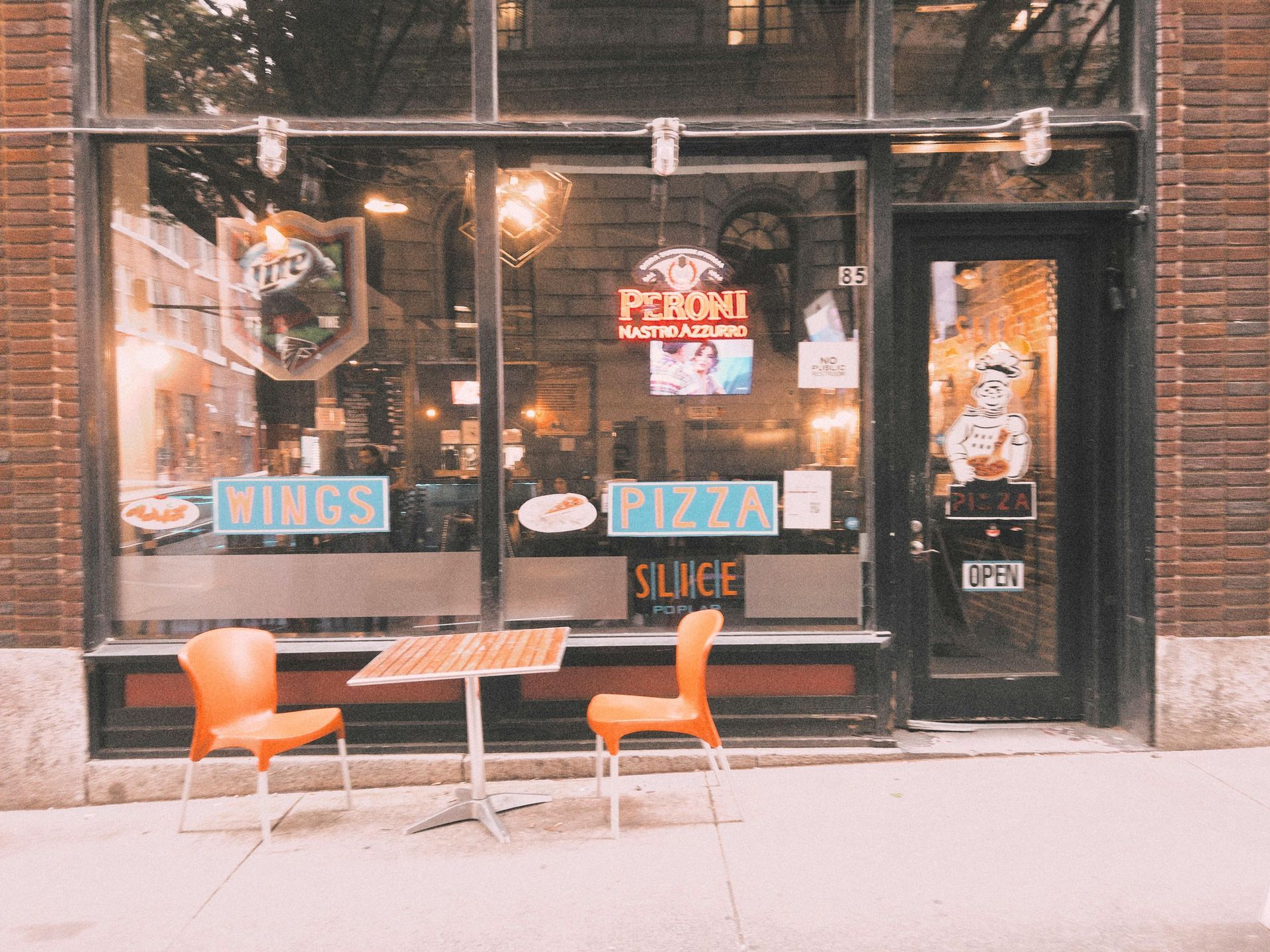Your Trade Show Booth Is Boring Without This!
Trade Show Displays – Get Noticed!
Taking your products and services to a trade show is a smart way to meet prospective clients face to face!
Research shows that at least 90% of trade show attendees are looking for new products. This provides an incredible opportunity for small business growth.
With at least 45% of attendees being in upper management, it means that they have the power to make instant buying decisions. If you make a great impression, it can lead to sales during or shortly after the event.
Trade show displays provide an excellent platform for small business marketing.
However, the big question remains: how can you use trade show displays and freestanding signage to get noticed?
Why do you need trade show signage?
The days of attending a trade show armed with a handful of business cards, postcards, brochures, and a firm handshake are long gone. You need to remember that at a trade show, you will be competing with other highly experienced marketers who will employ every possible tactic to attract the attention of attendees. However, designing creative and attractive trade show signage, displays, and banners can give you an upper hand in competing with the other marketers.
What are the secrets of successful trade show display and signage?
The nature of trade shows means that there will be a lot of competitors exhibiting their products alongside you. Therefore, it is critical to portray your competitive advantage or USP’s (Unique Selling Proposition) visually in an appealing way. And what better way than with carefully designed signage?
But, your trade show signage won’t stand alone. You need to complement it well with your booth to ensure that attendees who stop by won’t be disappointed. Make sure that the design of your signage and booth complement each other so that your brand is quite clear to the attendees.
Potential clients need to be able to figure out in seconds what you are offering and be persuaded to stop by to find out more about your products. The displays, marketing material, and the people you hire to communicate the message to your customers will play a significant role in getting valuable business leads that can lead to small business growth.
Create an eye-catching appearance!
The best way to achieve this is by putting yourself in the attendees' shoes and trying to view your display from their perspective. Is someone willing to read the tiny print on a display sign when they are walking past your booth? Make sure that you tell your brand story with bold and visible graphics. Create a strong visual story that will attract potential customers to your booth. Make use of simple and bold text that is readable from a distance.
Give your clients a way to find you
The primary goal of investing in trade show signage is to build long-lasting relationships. Therefore, don’t let your customers leave without your contact information. In addition to your trade show displays and signage, make sure that you have several business cards, brochures, and product samples to give away. You should also remember to ask the customers their contact information whenever possible.
Bringing it All Together
The steps for putting together an effective trade show experience may seem daunting; they don't have to be. The marketing experts at Triangle are here to help you. Our experienced graphic design and marketing teams can assist you in putting together a successful and business-building trade show display. Call or email us today to discuss your needs and how we can help you grow.



